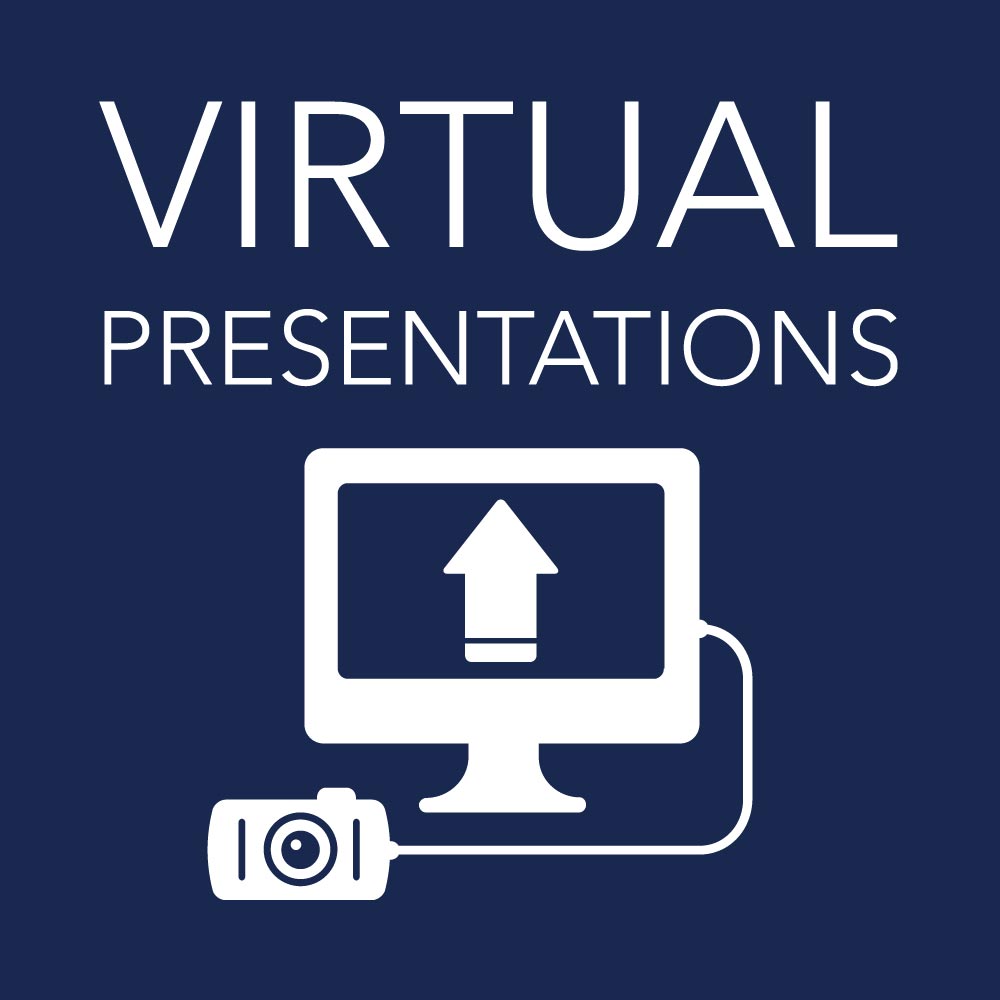EXPLORING ENGLISH DEBATE EXTRACURRICULAR TO ENHANCE SPEAKING SKILLS AND CRITICAL THINKING IN SENIOR HIGH SCHOOL
Keywords:
Extracurricular, English Debate Application, Critical Thinking, Speaking SkillsAbstract
English language could be immensely beneficial as a device for verbal exchange to get a few facts, knowledge, and relation from some humans worldwide. For this reason, English considers individuals to prepare themselves to study English earlier. This study seeks to find out whether extracurricular debate can be used as a way or a medium to increase student potential and improve students' critical thinking and speaking skills. There are three ways of collecting the data for research. First, the researchers used the observational sheet to collect the data. Second, interviewing students about their experience with debate English extracurriculars and their opinion about whether it is effective will increase their critical thinking and speaking skills. Third, quantitative turned into selected because of the layout to try this research; as stated by (Gay et al., 2009) in their "educational studies," quantitative is the gathering and analysis of numerical data to describe, provide an explanation for, expect, or manage interest phenomena.
References
Annu, S., & Sunita, M. (2015). Extracurricular activities and student’s performance in secondary school of government and private schools. International Journal of Sociology and Anthropology Research, 1(1), 53–61.
Bağ, H. K., & Gürsoy, E. (2021). The Effect of Critical Thinking Embedded English Course Design to The Improvement of Critical Thinking Skills of Secondary School Learners✰. Thinking Skills and Creativity, 41, 100910. https://doi.org/https://doi.org/10.1016/j.tsc.2021.100910
Birch, D., & Volkov, M. (2007). Assessment of online reflections: Engaging English second language (ESL) students. Australasian Journal of Educational Technology, 23(3).
Bodolica, V., Spraggon, M., & Badi, H. (2021). Extracurricular activities and social entrepreneurial leadership of graduating youth in universities from the Middle East. The International Journal of Management Education, 19(2), 100489. https://doi.org/https://doi.org/10.1016/j.ijme.2021.100489
Brown, P. (2012). Changemaking: Building strategic competence. The Foundation Review, 4(1), 8. Chambers, S. (2009). Rhetoric and the public sphere: Has deliberative democracy abandoned mass
democracy? Political Theory, 37(3), 323–350.
Creswell, J. W., & Creswell, J. D. (2017). Research design: Qualitative, quantitative, and mixed methods
approaches. Sage publications.
Fredricks, J. A., & Eccles, J. S. (2006). Is extracurricular participation associated with beneficial
outcomes? Concurrent and longitudinal relations. Developmental Psychology, 42(4), 698. Freeley, A. J., & Steinberg, D. L. (2013). Argumentation and debate. Cengage Learning.
Given, L. M. (2008). The Sage encyclopedia of qualitative research methods. Sage publications. Green, R. D. (1987). Extracurricular activities. NASSP Bulletin, 71(497), 151.
Haberland, H. (2011). Ownership and maintenance of a language in transnational use: Should we leave our lingua franca alone? Journal of Pragmatics, 43(4), 937–949. https://doi.org/https://doi.org/10.1016/j.pragma.2010.08.009
Hammersley, M., & Campbell, J. L. (2012). What is?: research methods series: what is qualitative research?(1). Bloomsbury Academic: Huntingdon, GB.
Huber, C. R., & Kuncel, N. R. (2016). Does college teach critical thinking? A meta-analysis. Review of Educational Research, 86(2), 431–468.
Lee, H. (1999). The notion of focus on form for the second language acquisition theory and practice. ENGLISH TEACHING (영어교육), 54(4), 71–90.
Liang, W. (2023). Towards a set of design principles for technology-assisted critical-thinking cultivation: A synthesis of research in English language education. Thinking Skills and Creativity, 47, 101203. https://doi.org/https://doi.org/10.1016/j.tsc.2022.101203
Louis, K. S. (1998). Effects of teacher quality of work life in secondary schools on commitment and sense of efficacy. School Effectiveness and School Improvement, 9(1), 1–27.
Miles, M. B., Huberman, A. M., & Saldaña, J. (2018). Qualitative data analysis: A methods sourcebook. Sage publications.
Rasyid, A. R., Perdana, I., & Dayu, A. T. (2020). STUDENTS’SPEAKING ACHIEVEMENT: THE APPLICATION OF DEBATE TECHNIQUE FOR TEACHING. Proceeding: Islamic University of Kalimantan, 1(1).
Seidlhofer, B. (2003). A concept of International English and related issues: from’real English’to’realistic English’? Citeseer.
Somjai, S., & Jansem, A. (2015). The use of debate technique to develop speaking ability of grade ten students at Bodindecha (Sing Singhaseni) school. International Journal of Technical Research and Applications, 13(13), 27–31.
Sousa, V. D., Zauszniewski, J. A., & Musil, C. M. (2004). How to determine whether a convenience sample represents the population. Applied Nursing Research, 17(2), 130–133.
Wickman, P.-O. (2006). Aesthetic experience in science education: Learning and meaning-making as situated talk and action. Routledge.
Zare, P., & Othman, M. (2015). Students’ perceptions toward using classroom debate to develop critical thinking and oral communication ability. Asian Social Science, 11(9), 158.
Downloads
Published
How to Cite
Issue
Section
License
Copyright (c) 2023 Proceedings : International Forum Research on Education, Social Sciences Technology and Humanities

This work is licensed under a Creative Commons Attribution-NonCommercial-NoDerivatives 4.0 International License.



